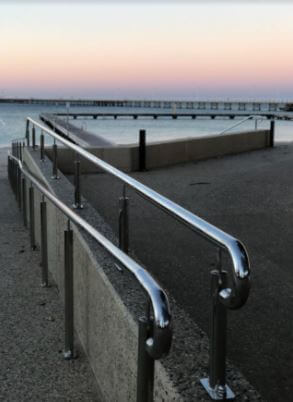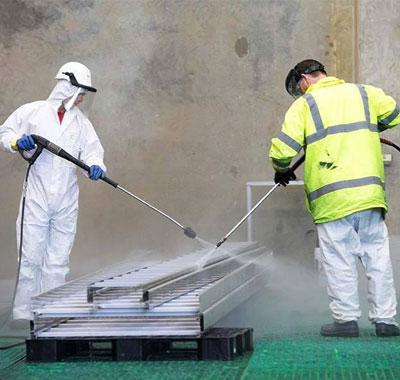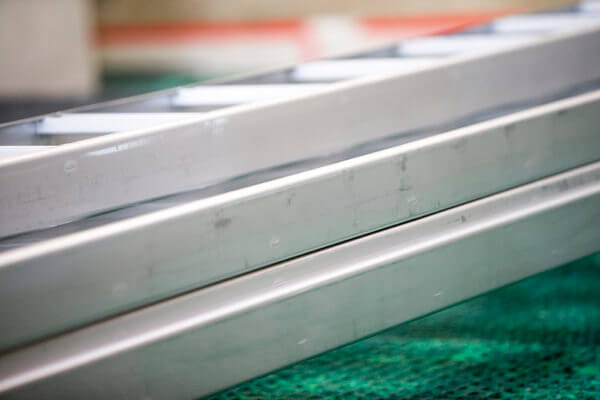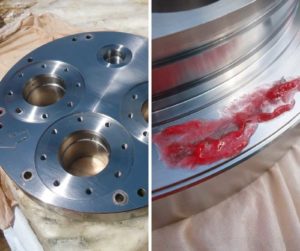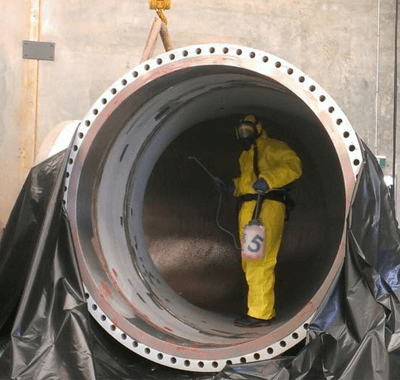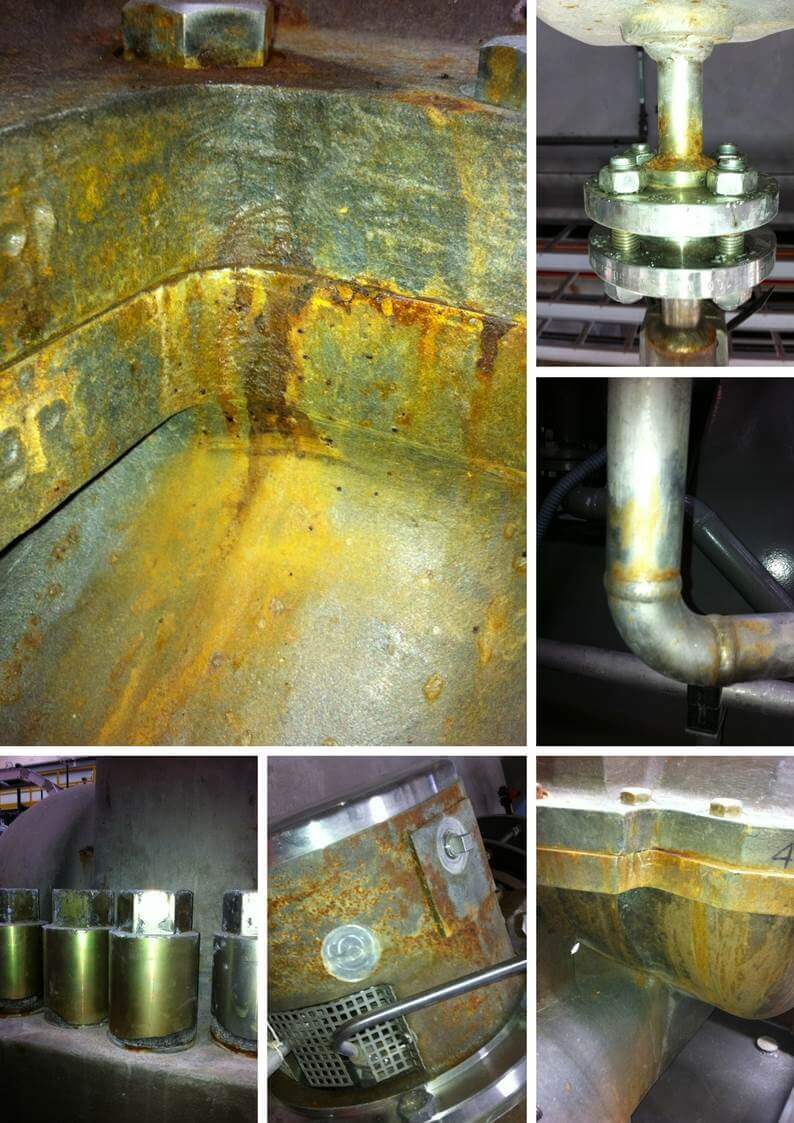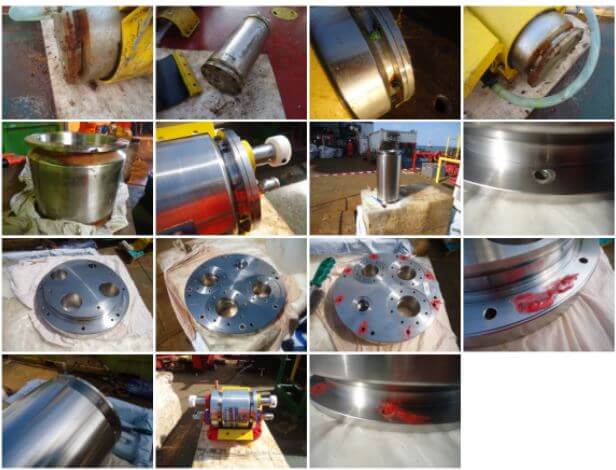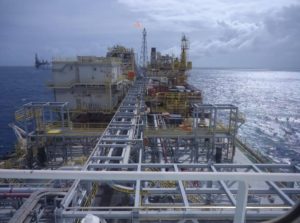Electropolishing – Busselton Jetty
The Busselton jetty is a shining example of our electropolishing work.
Metal is removed from the object’s surface through a process that is similar, but the the reverse, of electroplating. Metal peaks and high points of the treated surface are shedded.
International Corrosion Services has Western Australia’s largest electropolish bath for the treatment of stainless steel, able to treat pieces of steel up to 6.5m long, 1.5m deep and 1.3m wide.
Our electropolish bath is also the only facility in Western Australia to offer the large-scale service to meet the pre-treatment standard of ASTM Standard B912 and the pickle and passivation standard of ASTM A380.
We exclusively treat stainless steel, so there is no risk of cross-contamination. Our facility is also equipped with soft slings to prevent scratches or damage to steel during movement.
Some of the proven benefits of electropolishing include:
- Better physical appearance
- Enhanced mechanical properties
- Better corrosion resistance
- Provides a clean, smooth surface that’s easier to sterilise
- Able to polish areas that are inaccessible by other polishing methods
Click here to find out more about our Electropolishing services and contact us today for treatment.
 ICS will be closed for the Christmas and New Year period from 12pm, 22 Dec - 9 Jan 2023
ICS will be closed for the Christmas and New Year period from 12pm, 22 Dec - 9 Jan 2023
